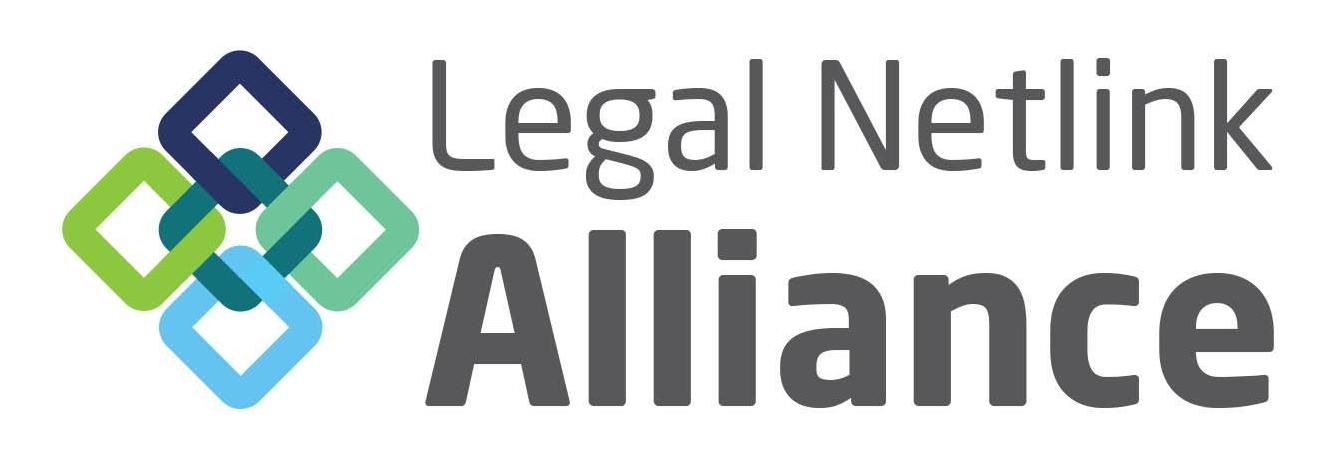Part 8 of a series breaking down the process of helping clients set up Trusts by breaking the issues down into smaller, individual topics, enabling the adviser and client to take the necessary steps, and get the plan moving.
Many clients go to the time and expense of creating a trust, but then stop. They do not take the next step of actually transferring assets into the trust, or designating the trust as beneficiary of their assets, i.e., insurance policies or bank accounts.
Think of the trust as a big funnel. The goal is to get as many assets as appropriate into the funnel so that, when the client wants to make a change to his/her estate plan (for example, reducing the percentages to pay to various people and insert percentages for others or for charities) s/he only has to change the trust with the simple modification discussed previously. Otherwise, theoretically, the client would have to make changes to each and every insurance policy beneficiary designation, bank payable on death designation, deed, and so forth.
If nothing is done after the client has established a trust, then the assets likely end up remaining in the client’s name, and going through the probate process before they can get in to the trust. If you’ll recall, by-passing the probate process, and its attendant time and expense, is one of the advantages of establishing a trust in the first place.
It is important to note that some assets are NOT appropriate for trust ownership. The best example is an Individual Retirement Account (“IRA”). As its title suggests, an IRA has to be owned by an individual. There may also be tax advantages to having individuals as the beneficiaries of the IRA, as opposed to a trust. Whether the tax advantages are outweighed by other needs and goals of the client should certainly be discussed by the client and counsel.
Whether the client takes on the transfer of assets personally, or asks counsel to assist, it is important that the step not be ignored or forgotten. It can be time consuming. It can be a frustrating experience. However, it is a necessary step if the estate plan is to function most efficiently.
In our next topic, we will revisit Wills, and how they remain a necessary part of an estate plan, even after the trust has been set up.
You can each out to Dan with any questions. Our attorneys are always ready, willing, and able to meet and discuss any questions, help you articulate your plan and goals, determine the best plan to accomplish them, and then implement it. You will find that, by taking those small steps, the problem that used to lead to procrastination and uncertainty has been addressed and resolved. Learn more about Mansour Gavin’s Estate Planning & Probate group or contact us today.



